14 September – 04 November 2023
Barcelona

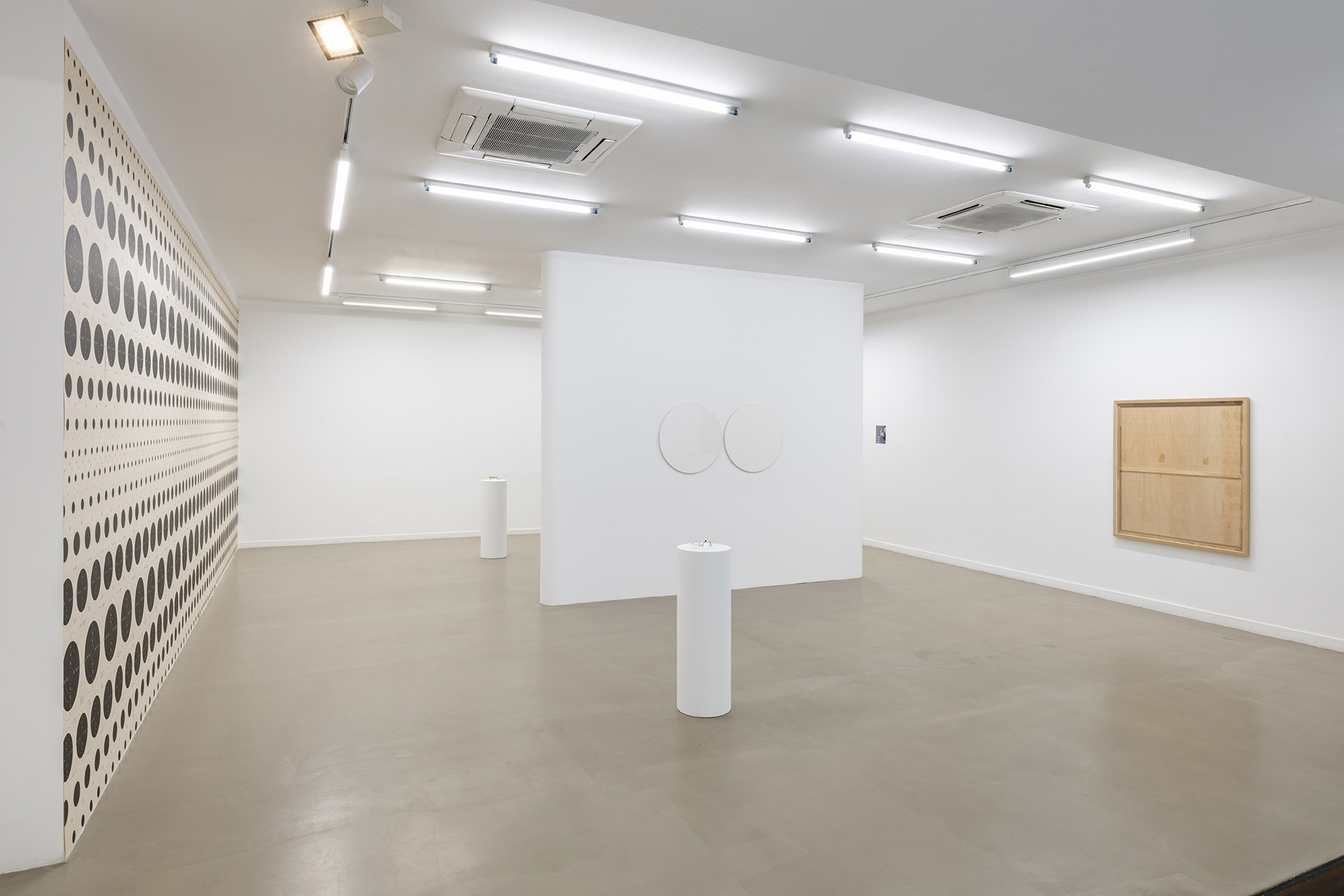


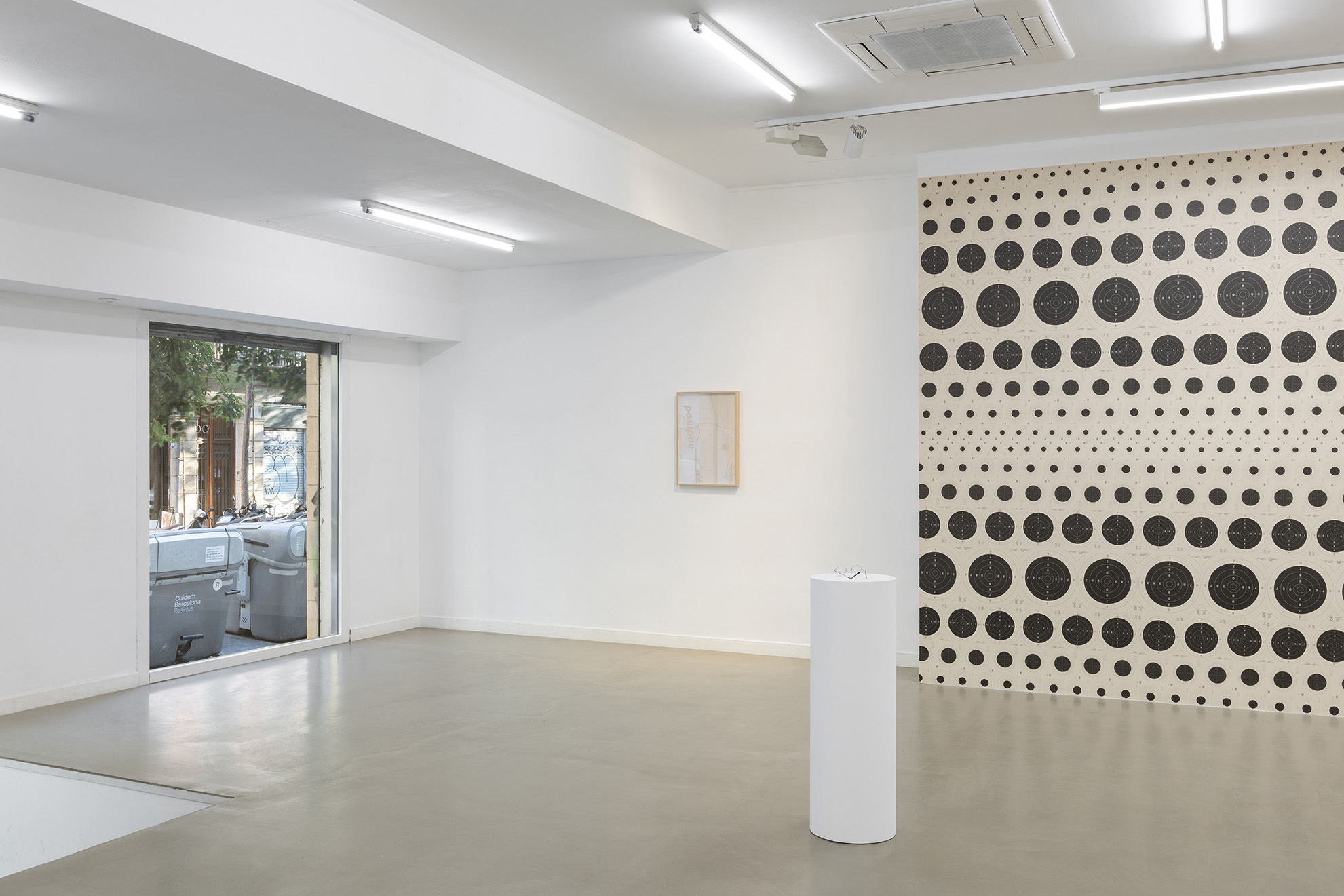



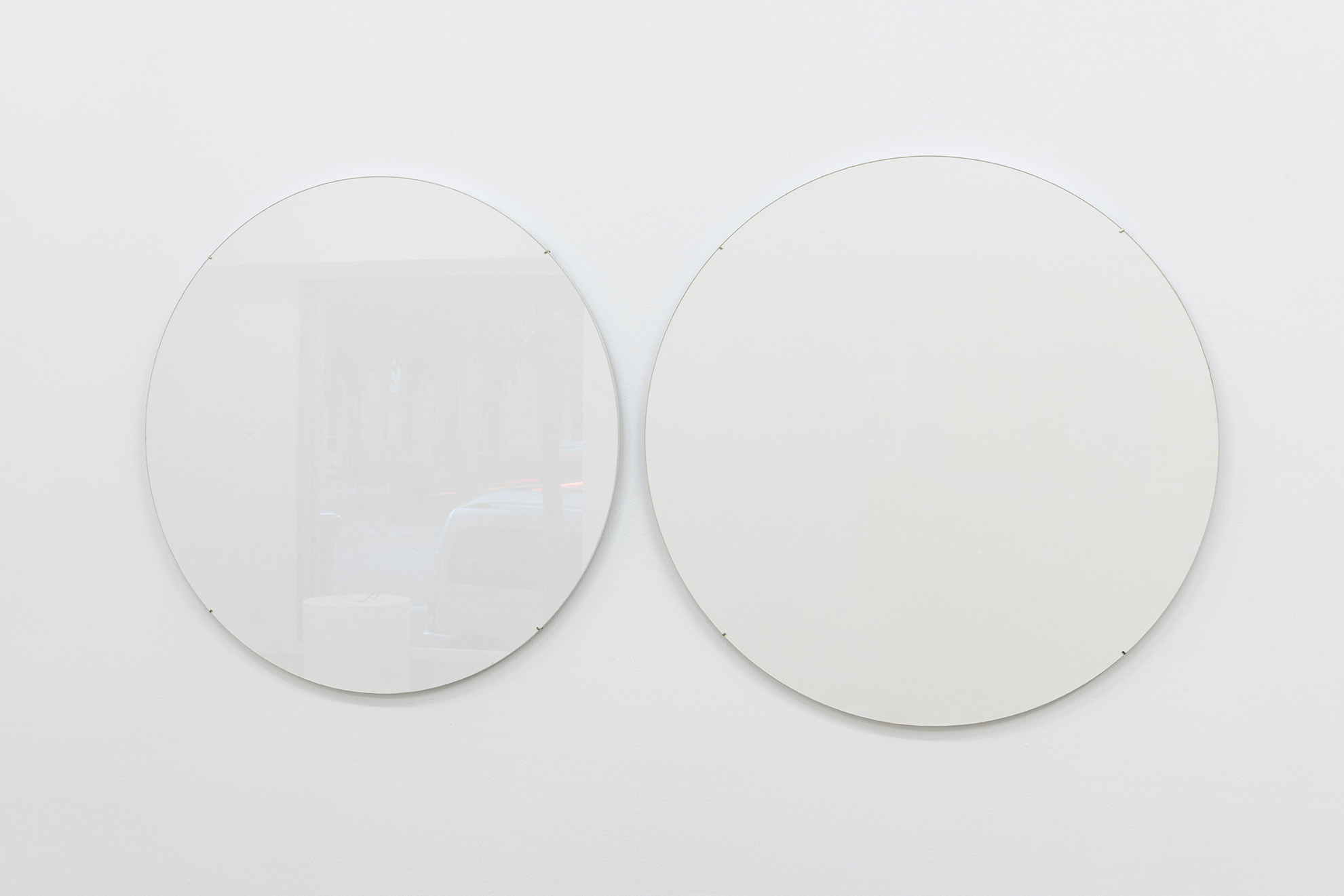
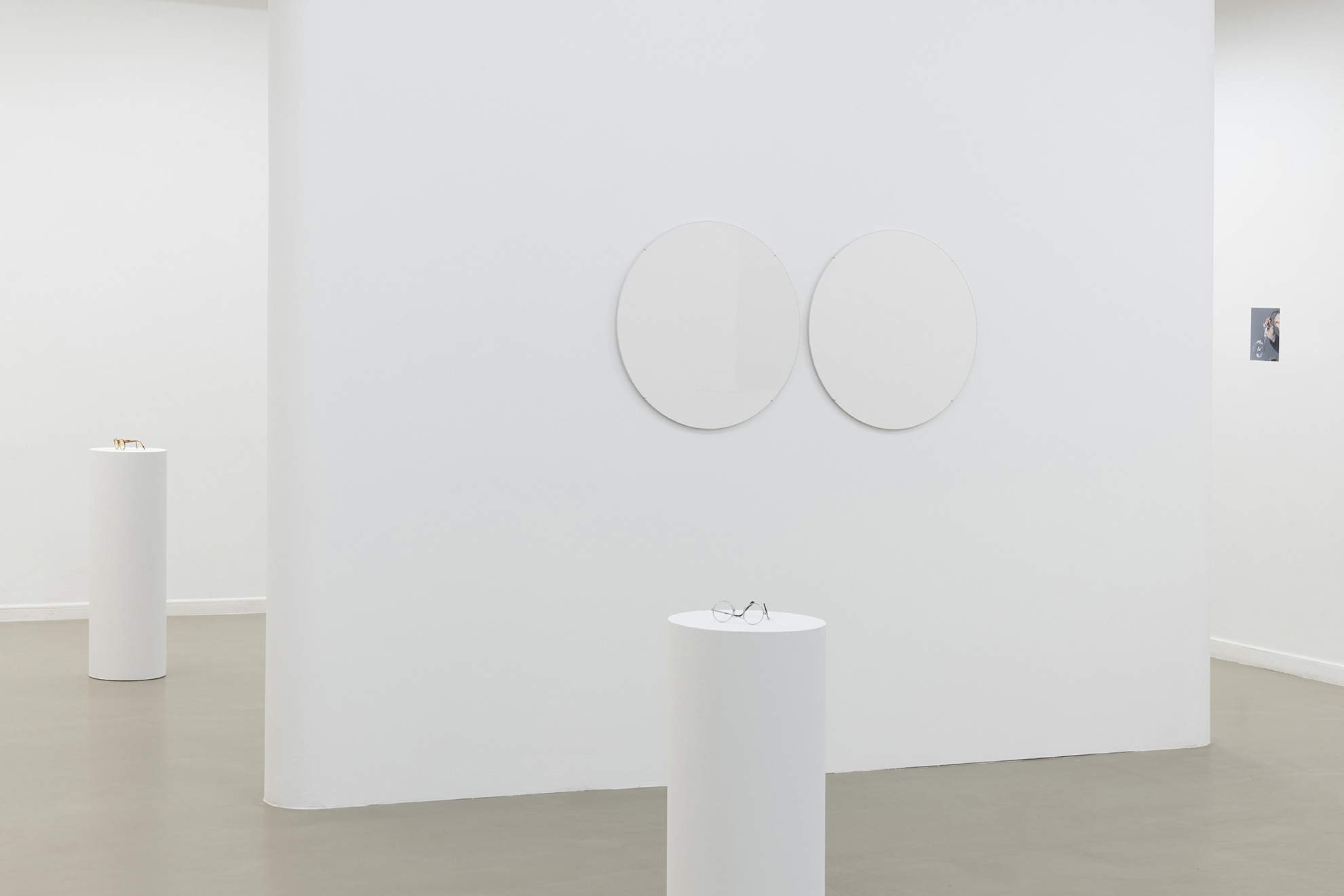

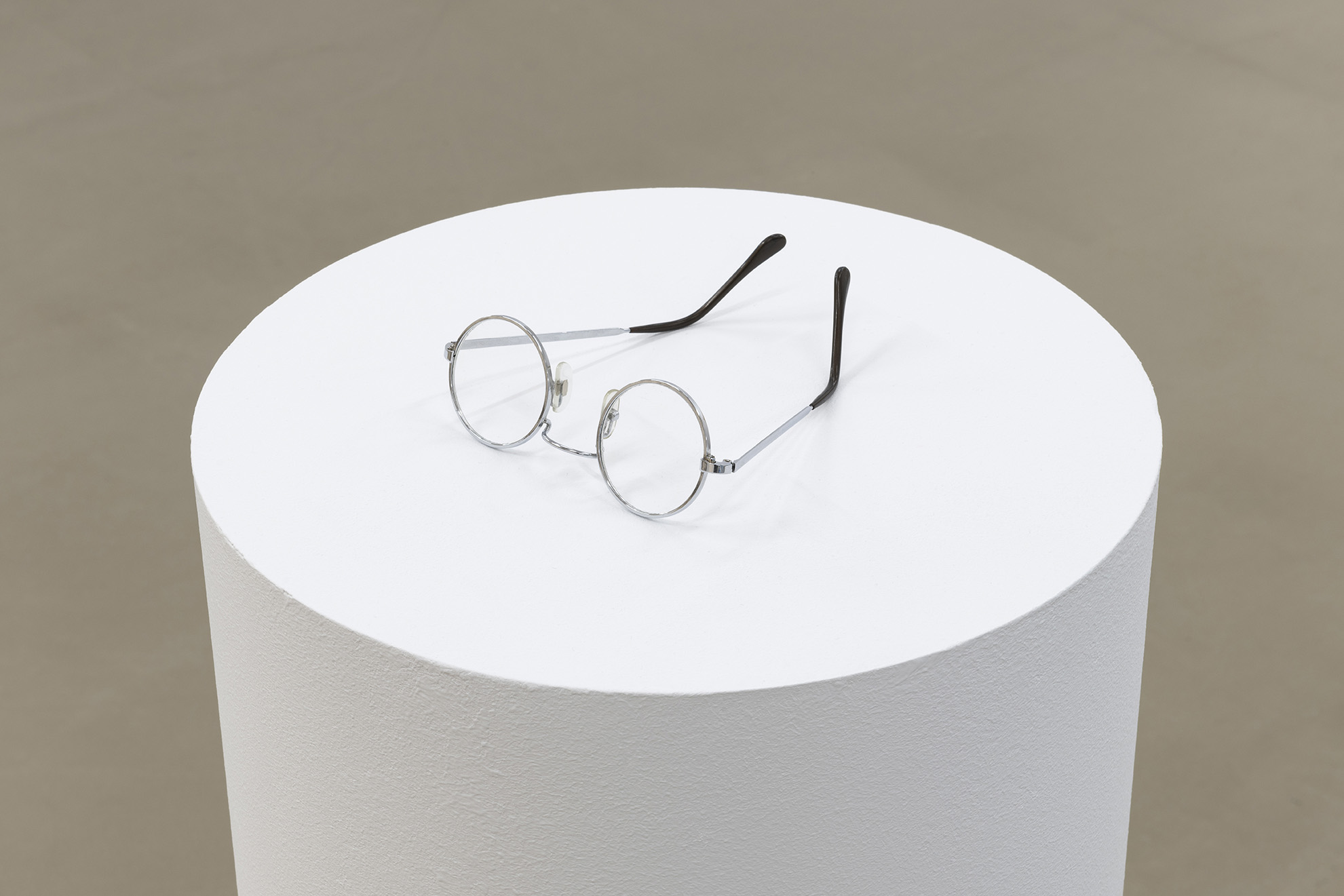
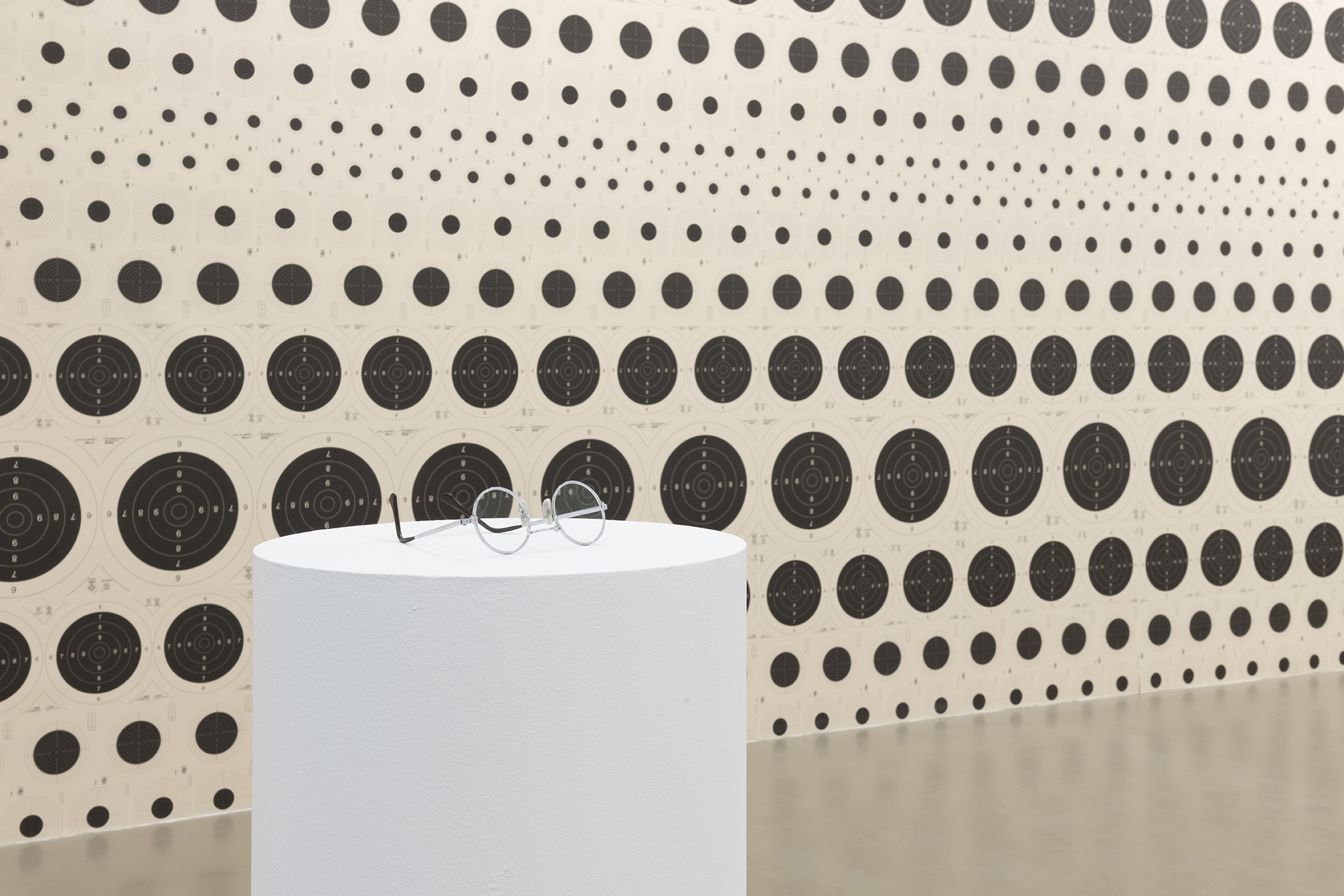
know more about
NOT YET
Exhibition text by Margot Cuevas
At first glance, it may seem that nothing is easier than looking at an exhibition. You enter a room and your eyes simply wander the surfaces of the works, it may even seem that this is enough to build you a perception and a positioned opinion of what you have in front of you. Perhaps in many cases it is more than enough, but in this case we will need more time and more overlapping glances. It interests me how Stephen Melville (1) makes a “critique of vision” based on a systematic suspicion of its apparent transparency and naturalness. Simply looking can be a bit more complicated than the expression itself might suggest; sight can be irrational, unconscious and unreliable. In the end, ways of seeing are historically determined and culturally influenced, which is why correction methods such as optometry and glasses are imposed and appear. Art and the perception that surrounds it have been organized through a particular sensory regime: sight, and therefore, the visual is the dominant sense. As this is the sense most associated with the production of knowledge, it generates a great interest in its control and regulation. Our gaze is constantly corrected and mediated.
We could ask ourselves why we have to accept an imposed and corrective optical normativity, why adjust ourselves to the scopic standards when that could lose so many other ways of understanding the act of looking and, therefore, other ways of approaching everything that surrounds us. Enric Farrés Duran proposes different ways of approaching and understanding the act of looking, challenging the correct way of seeing and understanding, in a close relationship with the works and mechanisms of art. An exercise in focusing the gaze and focusing on oneself, defying the unidirectional statism to which we are so used to contemplating an exhibition. Enric always says that it is when he squint that he sees more clearly.
Revealing the mechanisms of the gaze is as complex as trying to unveil the internal mechanisms that make possible the works of art and all that surrounds them, an obsessive undertaking of the artist, who, like a lawyer, finds the physical and conceptual gaps of these structures that seem unnoticed to the eye. With a precise procedure, Farrés places the work at the limit between what it is and what it is not, between what is exposed and what is hidden. It is in the game of evidences where the limits are revealed. The simple gesture of putting on the glasses, or perhaps rather taking them off, has very much to do in this exhibition, with the gesture that evidences the filters of how we approach and perceive the works of art and their background. In this way, the artist proposes a close relationship between the mechanisms of the works and the mechanisms of vision, lifting the skirt in his own exhibition.
The gaze is proposed here as access, as an opening and method from which to question what is inside and outside the frame, making accessible and evident the limits that make up the different layers of meaning of the works and the exhibition. Farrés’ works could also be understood as dispositives, understood as any gesture or object that has the capacity to capture, orient, intercept gestures, behaviors and opinions, in this case of the observers who enter the room. But Farrés’ works have the particularity of a certain self-awareness, they do not manipulate the viewer but rather give themselves away; they evidence their own constitution and their material and conceptual limits, opening the possibility of suspicion even outside themselves. A reminder to remain attentive and aware of all the invisible structures that shape reality and organize us without us being very conscious. It is also a wake-up call to the invisible work that is consciously hidden but that shapes and makes perceptible the way we approach what surrounds us, and in this specific case, the artworks and the exhibition space.
This is also an act of speculation on contradiction from a contained and sustained gaze. Farrés decides to stay where the problem is, the place par excellence of contradiction, the moment in which nothing has been decided yet, the territory where all possibilities are still open, where the not yet subsists. If we understand the gaze not as a passive element or as an archive of data but as an activator of mechanisms, skilled in revealing structures of meaning latent in things, and especially in works of art, we will see that the gaze has more to do with an active correlation between the eye and the object that makes the established limits visible. Like an arrow on its way to a target, the eye accompanies the gesture of the hand in an act of correlation, a chain of events that, catalyzed one after the other, make explicit the physicality of the looking.
A very similar gesture happens when stripping the frame and dislocating it from its functional attitude; in making it evident to the eye, the frame becomes the piece itself. As in the story of the Stolen Letter by Edgard Allan Poe, the best way to hide something is to make it obvious. The frames of the room make the structure appear as a primal doubt about the essence of the work of art, and this is postulated as its own origin and content, evidencing the limit of its existence and condition. W.J. Mitchell (2) says that we can never understand an image unless we grasp the ways in which it shows what cannot be seen, when he talks about the discussion of how perspective produces an image of the visible world. The reverse side of a picture is made not to be seen, but here it is exposed and confused with its other side and image.
The museum glass is invisibly very present in many of the pieces but is only perceived through a certain drive between the object and the observer. The museum glass only exists insofar as it does not allow us to be reflected in it, and the more we try, the more it hides us and the more it reveals itself. There is thus a correlation between the directed and conscious gesture of the gaze and the subtle mechanism with which the museum glass activates its structure and essence: to hide in order to let us see.
Many of Enric’s pieces uncover in this way an evidence, they are there to be seen; a direct presence that activates the matter itself, the performativity and the desire of our gaze. But they also point to eyes that see too much, eyes that see in excess and suffer the consequences of their own desire. Nothing can be creepier than a voyeur caught in his perverse act of spying. In an act incapable of being contained when an aperture tempts us to look through it, what could be a discreet peeping, opens the door to the danger of the gaze being returned, and it is the observer who is observed, hunter hunted.
To all this, when asked if he has already had his eyesight operated on, Enric always answers: Not yet.
(1) Stephen Melville, “Division of the Gaze or: Remarks on the Color and Tenor of Contemporary Theory” inside Vision in Context. Historical and Contemporary Perspectives on Sight, Teresa Brennan i Martin Jay (eds.), Nova York i Londres, Routledge, 1996.
(2) W.J.T. Mitchell. Iconología: imagen, texto, ideología, Buenos Aires, Capital intelectual, 2016
Read More
















